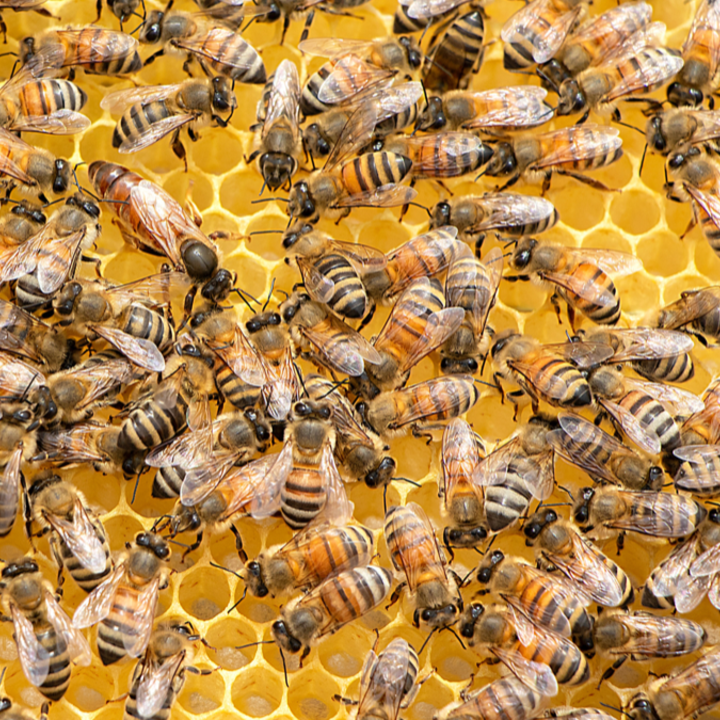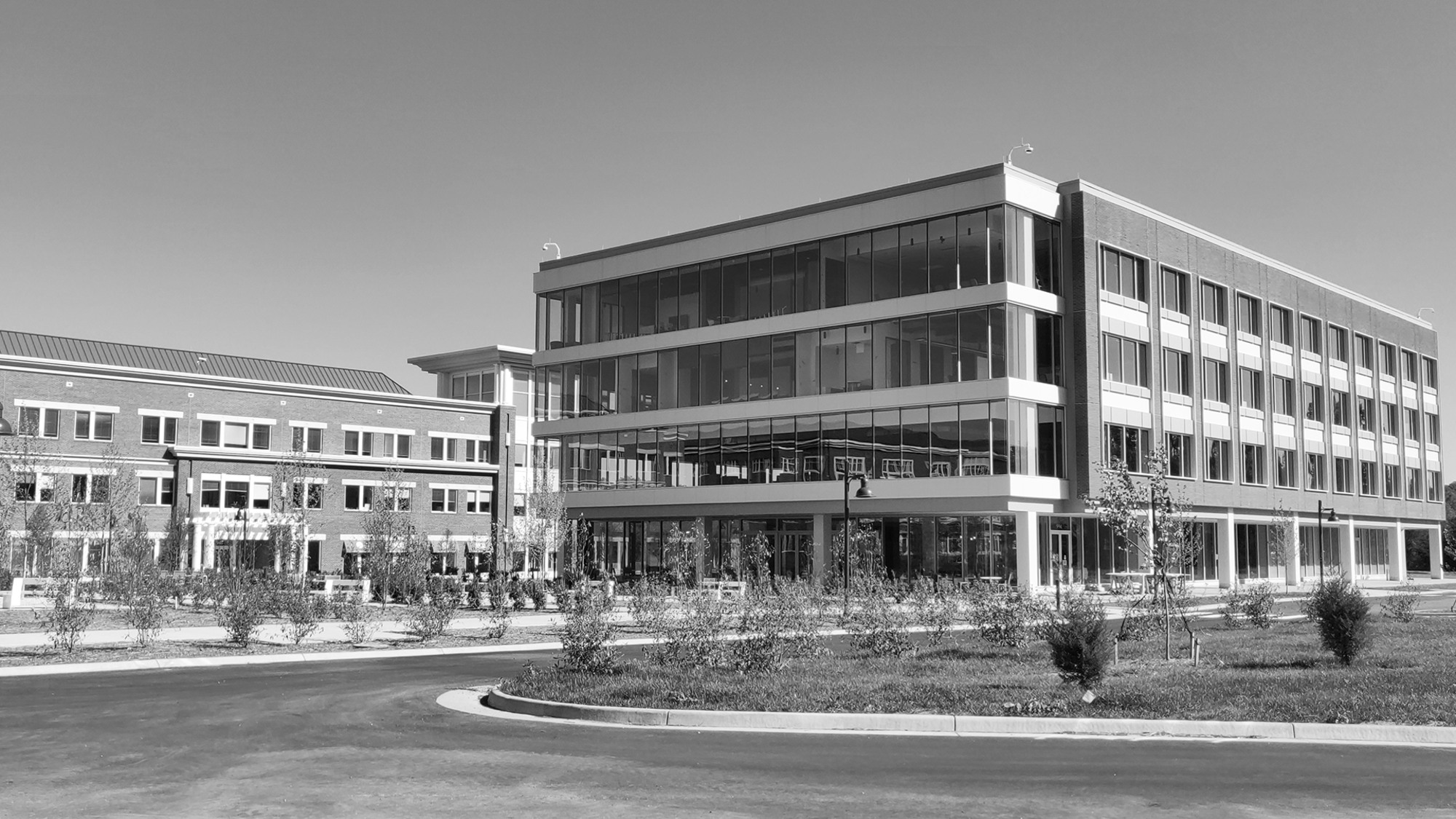
The Institute
Learn more about the institute.
Pioneers in Biocomplexity
We've been propelling the science of biocomplexity since we established our first research laboratory at the start of this century. For 20 years, we've explored the frontiers of the unknown to help solve complex societal problems, inform public policy, challenge the fields in which we work and disrupt scientific truths. In 2018, we moved to our new home at the University of Virginia.
Above:
Learn more about the institute.



What is Biocomplexity?
From a single cell to the world’s most populous city, life is extraordinarily complex. Biocomplexity is the study of life and its environment as complex systems driven by the interactions between their many components. Drawing on expertise from across the sciences, biocomplexity research offers a new way of seeing the living world that can help solve some of humanity’s toughest problems.
Our Divisions
Our research divisions share one approach to solving the complex human problems — a methodology that blends statistics, mathematics, computation, informatics and biology. Their work and its impact depends on support from our operations division.
Team Science
We solve problems whose scale and complexity demand a merging of minds among scientists with diverse expertise. Social and behavioral scientists, mathematicians and biologists, statisticians and computer scientists among others, we meld our skills, knowledge and perspectives. Only together can we unpack the complex issues before us — issues that involve multiple interacting and compounding factors.

Our Partners
We work with government agencies, foundations, and public-serving companies that are looking for ways to tackle complicated and often stubborn challenges affecting society and the human condition. We are thankful for their funding and support which allows us to make an impact on science and society.
Work with Us
We are able to do the type of research we do because of the people we partner with, and the people we hire.
We’re fortunate to work with global partners and sponsors from all segments of government, global foundations, academia, and industry to solve society’s most complex challenges. We approach these problems by assembling teams of experts in a variety of fields to work together and create solutions that challenge the very fields in which our teams operate.


